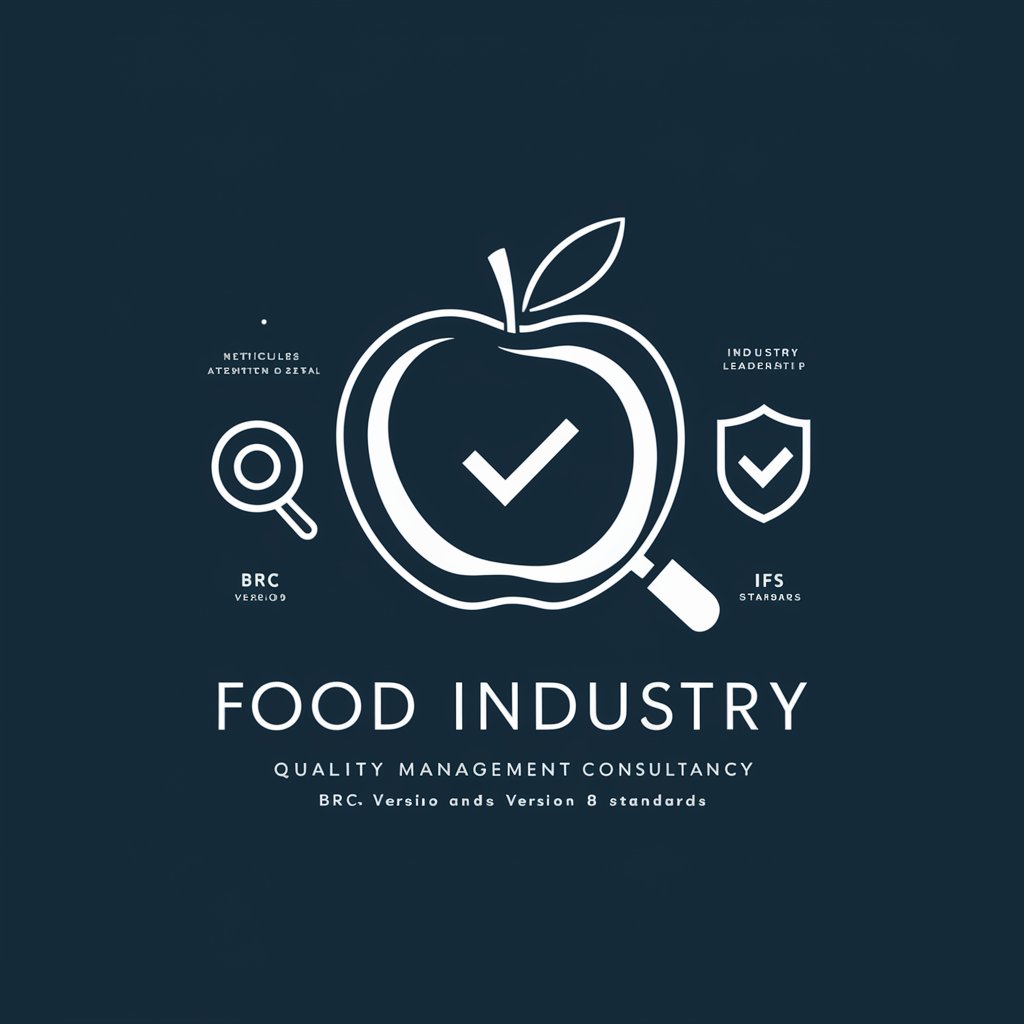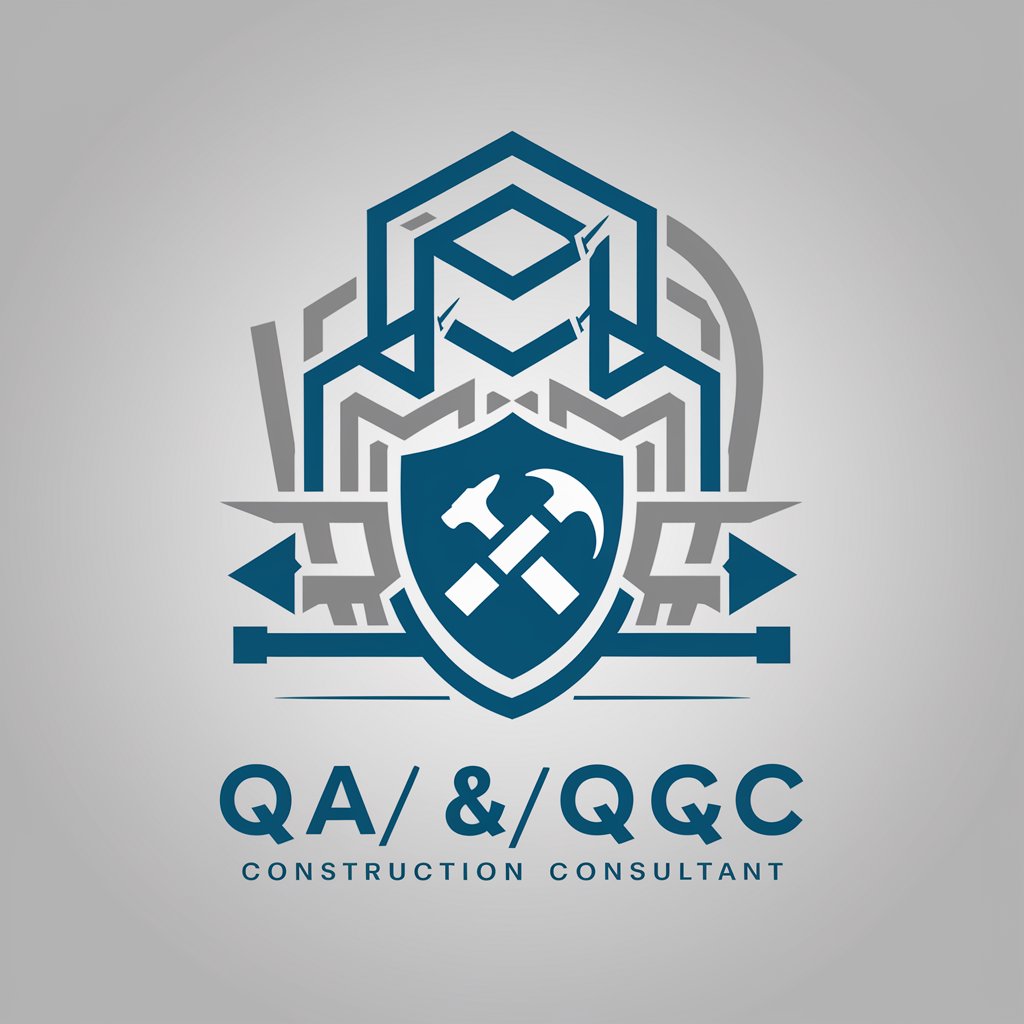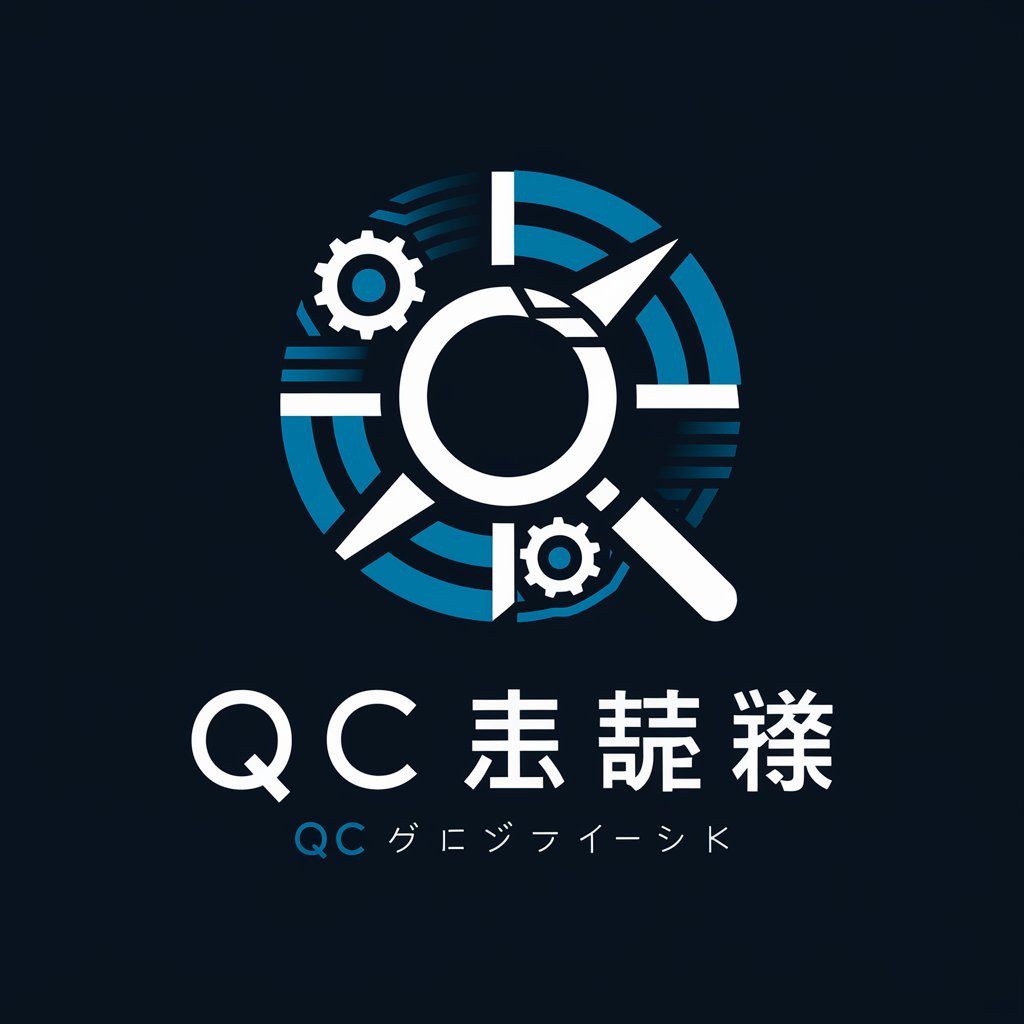
质量管理手册 - AI-Powered Quality Control
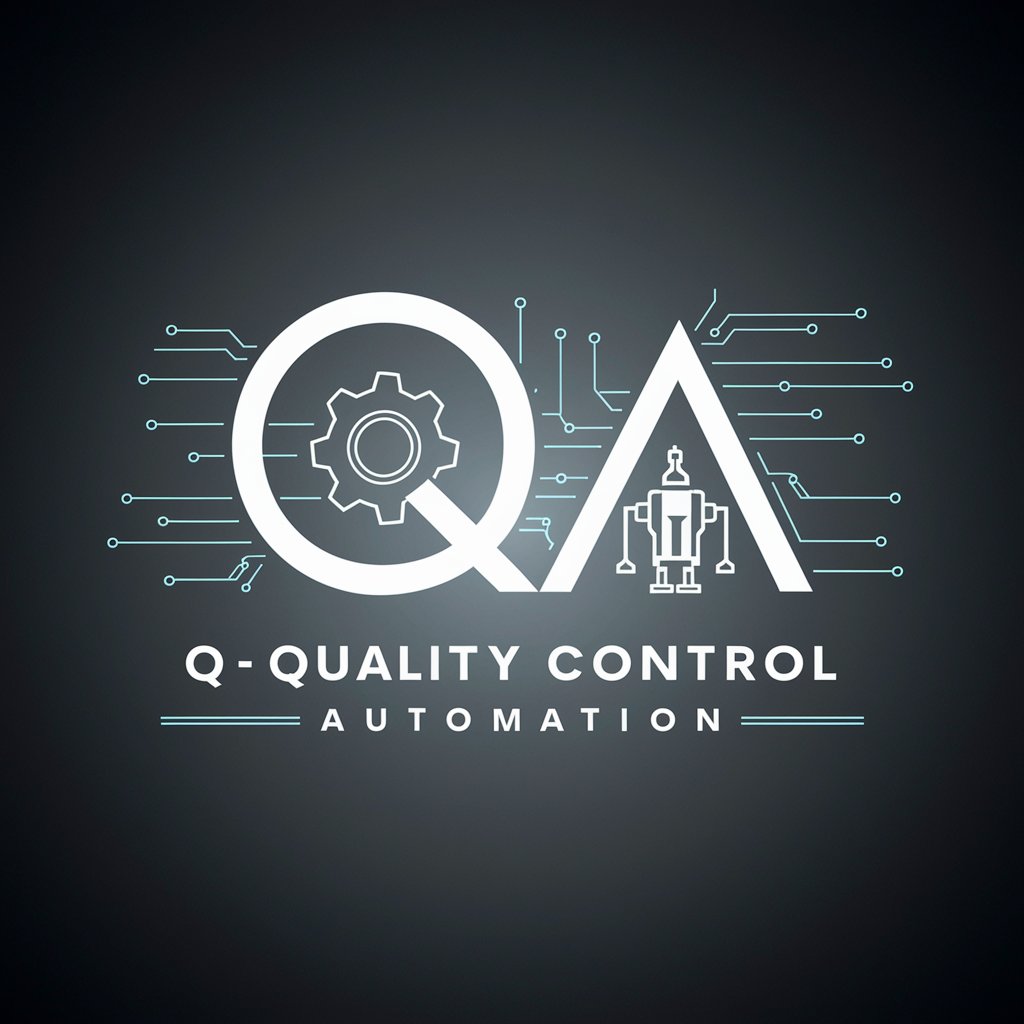
Welcome to Quality Control Automation, your partner in precision and efficiency.
Empowering Precision in Manufacturing with AI
Analyze the defect rates in our recent production batch and suggest improvements...
Generate a detailed report on the quality control performance over the last quarter...
Evaluate the efficiency of our current AI-driven inspection systems and recommend optimizations...
Identify potential bottlenecks in the manufacturing process affecting product quality and propose solutions...
Get Embed Code
Overview of 质量管理手册 (Quality Management Manual)
The 质量管理手册, or Quality Management Manual (QMM), serves as a foundational guide and operational blueprint for implementing systematic quality control measures in manufacturing and production environments. Its primary purpose is to streamline production processes, enhance product quality, and minimize defects and wastage. The QMM is designed to integrate seamlessly with existing manufacturing workflows, offering real-time monitoring, inspection, and data analysis capabilities. For example, in an automotive assembly line, the QMM can automate the inspection of welded joints, ensuring they meet predefined quality standards, thereby reducing the likelihood of recalls or safety issues. Powered by ChatGPT-4o。

Core Functions of 质量管理手册
Automated Quality Inspection
Example
Using computer vision to detect surface defects in sheet metal production.
Scenario
In a sheet metal factory, the QMM utilizes advanced imaging and AI algorithms to identify and categorize defects such as scratches, dents, or inconsistencies in the metal surface, allowing for immediate corrective action.
Real-time Monitoring and Alerts
Example
Monitoring temperature and vibration in machinery to predict maintenance needs.
Scenario
In a chemical manufacturing plant, the QMM system continuously monitors critical equipment parameters. Anomalies in temperature or vibration patterns trigger alerts, enabling preemptive maintenance and reducing downtime.
Data Analysis and Reporting
Example
Analyzing production data to identify trends in defects and efficiency.
Scenario
The QMM aggregates and analyzes data from various stages of a consumer electronics assembly line, identifying bottlenecks and trends in defect rates. This data-driven insight allows management to make informed decisions to optimize production.
Process Optimization
Example
Optimizing the settings of injection molding machines to reduce material wastage.
Scenario
Leveraging machine learning, the QMM adjusts the parameters of injection molding machines in real-time, based on feedback from the quality inspection systems, to minimize material usage while maintaining product quality.
Target User Groups for 质量管理手册 Services
Manufacturing Plant Managers
Plant managers benefit from the QMM by gaining insights into production inefficiencies and quality issues, enabling them to make data-driven decisions to improve output and reduce costs.
Quality Assurance Teams
QA teams use the QMM to set quality standards, monitor compliance, and swiftly address quality deviations, ensuring that the final products meet or exceed customer expectations.
Process Engineers
Process engineers leverage the QMM to fine-tune manufacturing processes, optimize equipment settings, and implement continuous improvement practices based on real-time data and analysis.
R&D Departments
R&D teams in manufacturing companies use the insights generated by the QMM to understand how design choices impact product quality and manufacturing efficiency, guiding future product development.

Guidelines for Utilizing the Quality Management Manual Tool
Begin Your Journey
Start by visiting yeschat.ai for a hassle-free trial experience, with no login or ChatGPT Plus subscription required.
Explore the Features
Familiarize yourself with the tool's features and capabilities by navigating through the interface. Use the provided tutorials or help section to understand how to leverage these for your needs.
Define Your Goals
Clearly define your quality management objectives. Whether it's reducing defect rates, improving product consistency, or enhancing production efficiency, knowing your goals will help tailor the tool's use.
Input Your Data
Input your manufacturing process data, such as production metrics, quality inspection results, and any relevant parameters. Ensure data accuracy for optimal outcomes.
Analyze and Implement
Utilize the tool's AI-driven insights for quality control analysis. Implement suggested actions and monitor the impact on your manufacturing process, making adjustments as necessary for continuous improvement.
Try other advanced and practical GPTs
芯片通
Powering Semiconductor Insights with AI

硅农
Unveiling the secrets of silicon, one chip at a time.

博通芯片软件专家
Empowering Chip Innovation with AI

芯片你我他
Empowering semiconductor intelligence with AI-driven insights

过年讨人厌亲戚模拟器
Navigate Lunar New Year with Humor

一招解决过年讨人厌亲戚
Perfect retorts, powered by AI

骂醒恋爱脑
Cutting through love fog with humor and logic

唤醒恋爱脑
Unfiltered Insight on Love Matters

瓜熟蒂落
Deep dive into Buddhist scriptures, powered by AI

创业公司CEO(微信:415818818)
Empowering Startups with AI-driven Wisdom

史蒂夫·乔布斯
Embrace the visionary mindset of Steve Jobs.

顾问天团
Harness collective genius for strategic insights
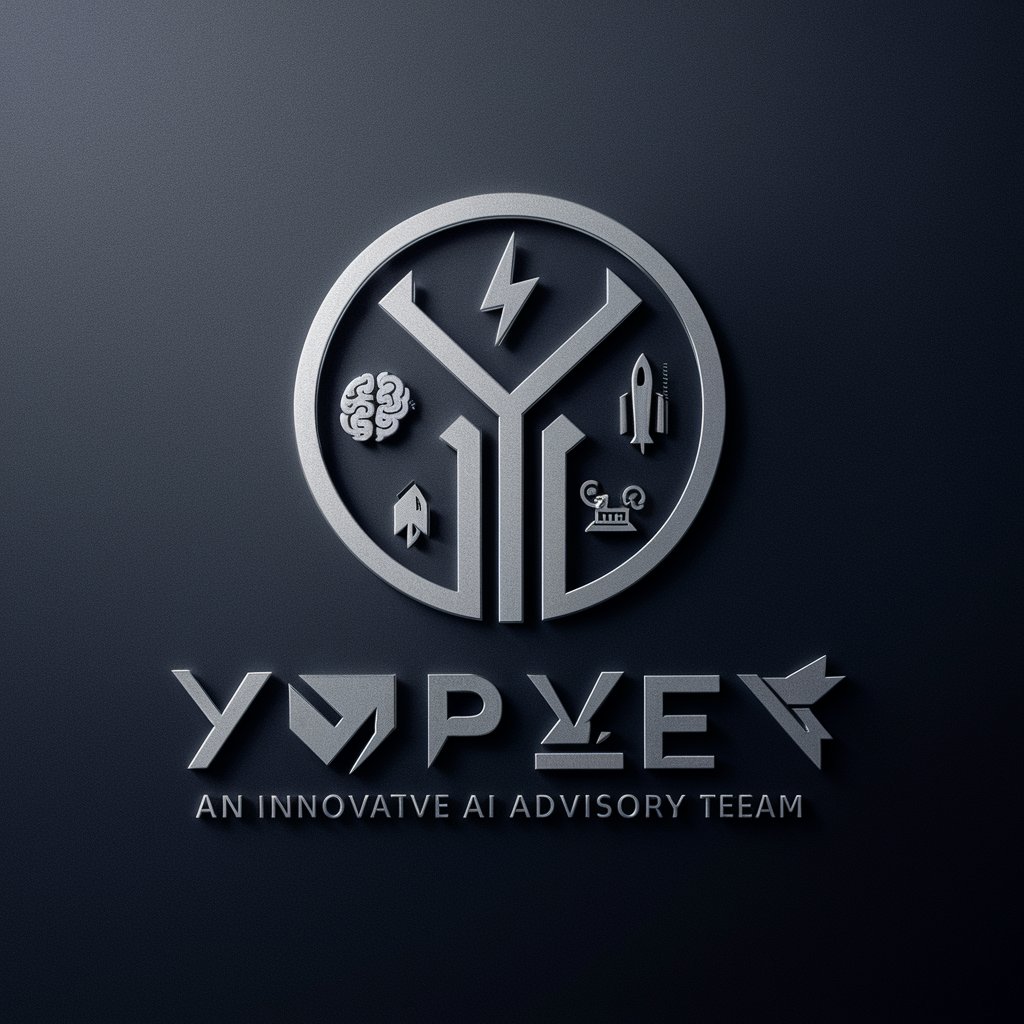
Frequently Asked Questions about the Quality Management Manual Tool
What is the primary function of the Quality Management Manual tool?
The tool is designed to automate and enhance quality control processes in manufacturing, using AI-driven analysis to reduce defect rates, streamline production, and minimize costs.
How does AI contribute to quality control through this tool?
AI algorithms analyze production data in real-time, identify patterns or anomalies indicative of quality issues, and recommend corrective actions, leading to more efficient and accurate quality control.
Can this tool integrate with existing manufacturing systems?
Yes, it's designed for compatibility with various manufacturing systems and databases, allowing for seamless integration and data exchange for comprehensive quality management.
What types of manufacturing environments can benefit from this tool?
The tool is versatile and beneficial across multiple manufacturing environments, including automotive, electronics, pharmaceuticals, and food production, due to its customizable AI-driven analysis capabilities.
Is there ongoing support for users of the tool?
Yes, users have access to continuous support, including updates on the latest quality control methodologies, AI advancements, and technical assistance for any challenges encountered.


